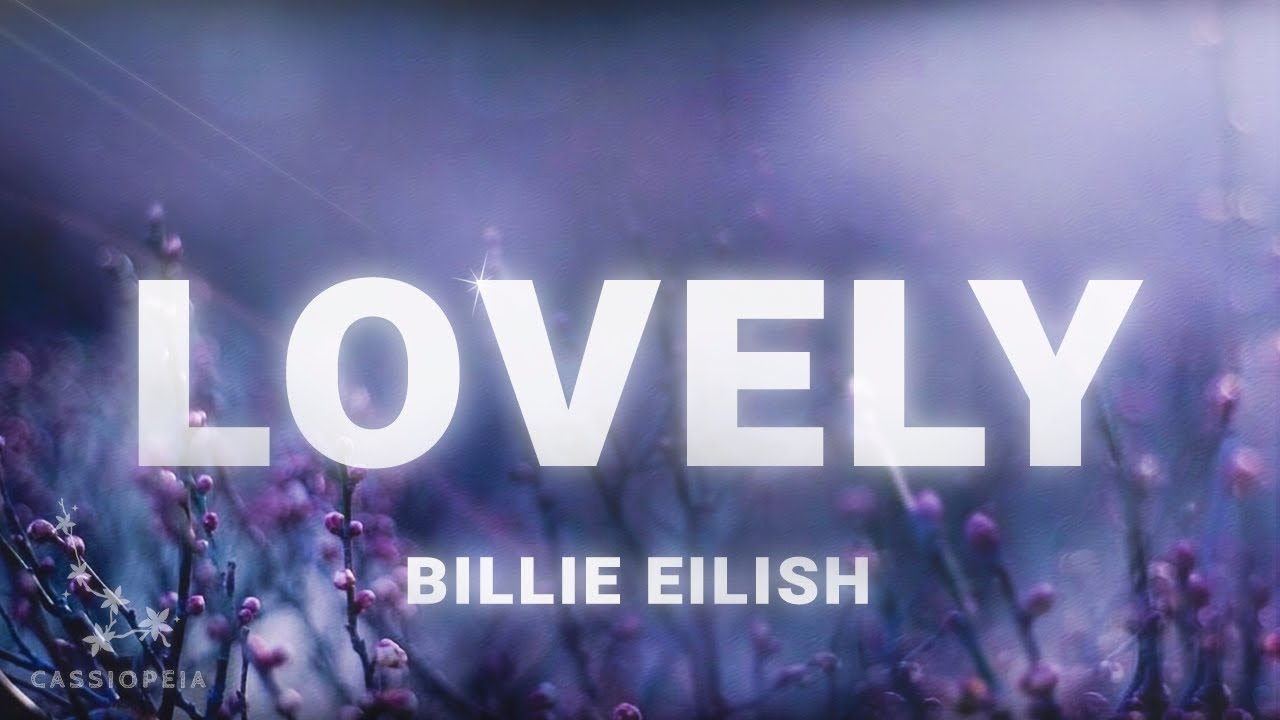The cinematic landscape has undergone a significant transformation in recent years, with a notable increase in the production and recognition of queer-themed movies. These films have not only provided a platform for underrepresented voices but have also played a crucial role in shaping the cultural narrative around queer identity and experience. As the genre continues to evolve, it’s essential to examine the impact and significance of queer cinema on both the film industry and the broader social discourse.
One of the most striking aspects of contemporary queer cinema is its diversity and range. From the poignant and deeply personal storytelling of films like “Moonlight” and “Call Me By Your Name,” to the bold and unapologetic explorations of queer identity in movies like “Portrait of a Lady on Fire” and “The Favourite,” the genre has become a vibrant tapestry of unique perspectives and experiences. This diversity is not only a reflection of the complexity and richness of queer lives but also a testament to the growing recognition of the importance of representation in media.
The impact of queer cinema extends far beyond the screen, with many films serving as catalysts for social change and cultural shift. For instance, the critically acclaimed “Paris is Burning” (1990) not only brought attention to the lives of African American and Latino LGBTQ+ individuals but also helped to popularize the art of voguing, which has since become a staple of contemporary queer culture. Similarly, films like “Milk” (2008) and “The Imitation Game” (2014) have highlighted the struggles and triumphs of queer individuals throughout history, providing a powerful reminder of the ongoing fight for equality and justice.
However, the journey towards greater representation and inclusion in queer cinema has not been without its challenges. Many films have been criticized for their handling of queer characters and storylines, with some accused of relying on stereotypes, tropes, and even outright homophobia. The phenomenon of “queerbaiting,” where media teases queer relationships or themes without fully committing to them, has also sparked controversy and frustration among audiences. These criticisms underscore the need for greater sensitivity, nuance, and authenticity in the portrayal of queer experiences, as well as a more thoughtful and considerate approach to representation.
In addition to its social impact, queer cinema has also made significant contributions to the film industry as a whole. The genre has given rise to a new generation of queer filmmakers, who are pushing the boundaries of storytelling and cinematic technique. Directors like Luca Guadagnino, Barry Jenkins, and Dee Rees have not only brought unique perspectives to their work but have also helped to pave the way for other underrepresented voices in the industry. The success of queer-themed films has also demonstrated the commercial viability of stories that center queer characters and experiences, challenging traditional notions of what types of movies can be successful at the box office.
Despite these advancements, there is still much work to be done in promoting greater diversity and inclusion in queer cinema. The lack of representation behind the camera, for instance, remains a pressing concern, with many queer filmmakers facing significant barriers to entry in the industry. The dearth of queer characters in leading roles, particularly in mainstream and blockbuster films, is also an issue that requires attention and action. By addressing these gaps and continuing to push the boundaries of queer storytelling, the film industry can help to create a more inclusive and equitable cultural landscape.
The evolution of queer cinema is also closely tied to the development of new technologies and platforms. The rise of streaming services, for example, has provided a new outlet for queer filmmakers to reach audiences and showcase their work. Online platforms have also enabled the creation of queer-focused content, such as web series and digital shorts, which are helping to fill the gap in representation and provide a more diverse range of queer stories. As technology continues to advance and new platforms emerge, it will be exciting to see how queer cinema adapts and evolves in response.
For those looking to explore the world of queer cinema, there are a number of essential films and resources that can serve as a starting point. The Criterion Collection, for instance, has released a number of groundbreaking queer films, including “The 400 Blows” and “Scorpio Rising.” Online platforms like Netflix and Amazon Prime have also curated extensive collections of queer-themed movies and TV shows, featuring everything from classic films like “Desert Hearts” to contemporary hits like “Rocketman.” By engaging with these resources and supporting queer filmmakers, audiences can help to promote a more inclusive and vibrant film industry.
Queer cinema has the power to transform our understanding of identity, community, and social justice. By centering queer voices and experiences, these films provide a unique window into the complexities and nuances of queer life. As the genre continues to evolve, it's essential that we prioritize authenticity, diversity, and inclusivity, both on and off the screen.
In conclusion, queer cinema has come a long way in recent years, with a growing recognition of its importance and impact. From its diverse range of stories and characters to its contributions to the film industry and social discourse, the genre has established itself as a vibrant and essential part of our cultural landscape. As we look to the future, it’s essential that we continue to support and celebrate queer cinema, promoting greater inclusion, diversity, and representation in all aspects of the film industry.
What are some essential queer films that I should watch?
+Some essential queer films include "Moonlight," "Call Me By Your Name," "Portrait of a Lady on Fire," and "The Favourite." These movies have been widely acclaimed for their thoughtful and nuanced portrayals of queer identity and experience.
How can I support queer filmmakers and promote greater diversity in the film industry?
+There are several ways to support queer filmmakers and promote greater diversity in the film industry. These include attending queer film festivals, watching and promoting queer-themed movies, and advocating for greater representation and inclusion behind the camera.
What role can queer cinema play in promoting social change and cultural shift?
+Queer cinema has the power to transform our understanding of identity, community, and social justice. By centering queer voices and experiences, these films can help to promote greater empathy, understanding, and acceptance, ultimately contributing to a more inclusive and equitable cultural landscape.
As the queer cinema landscape continues to evolve, it’s essential that we prioritize authenticity, diversity, and inclusivity, both on and off the screen. By supporting queer filmmakers, promoting greater representation, and celebrating the unique perspectives and experiences of queer individuals, we can help to create a more vibrant and inclusive film industry, one that reflects the complexity and richness of queer life.



